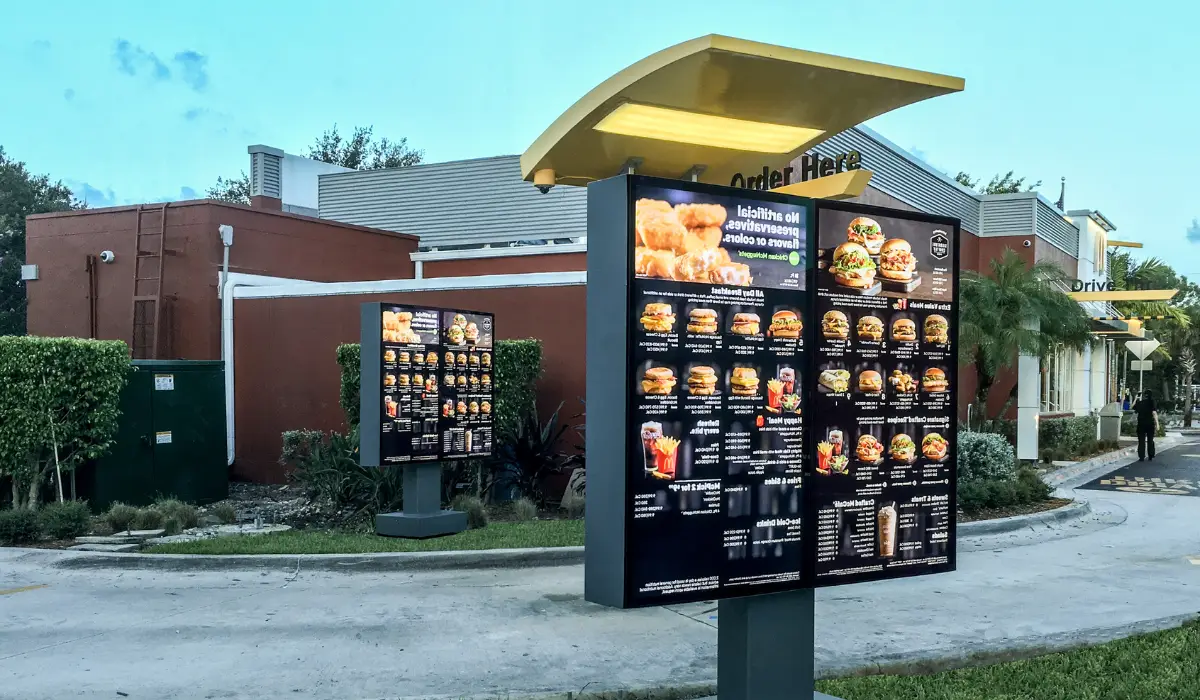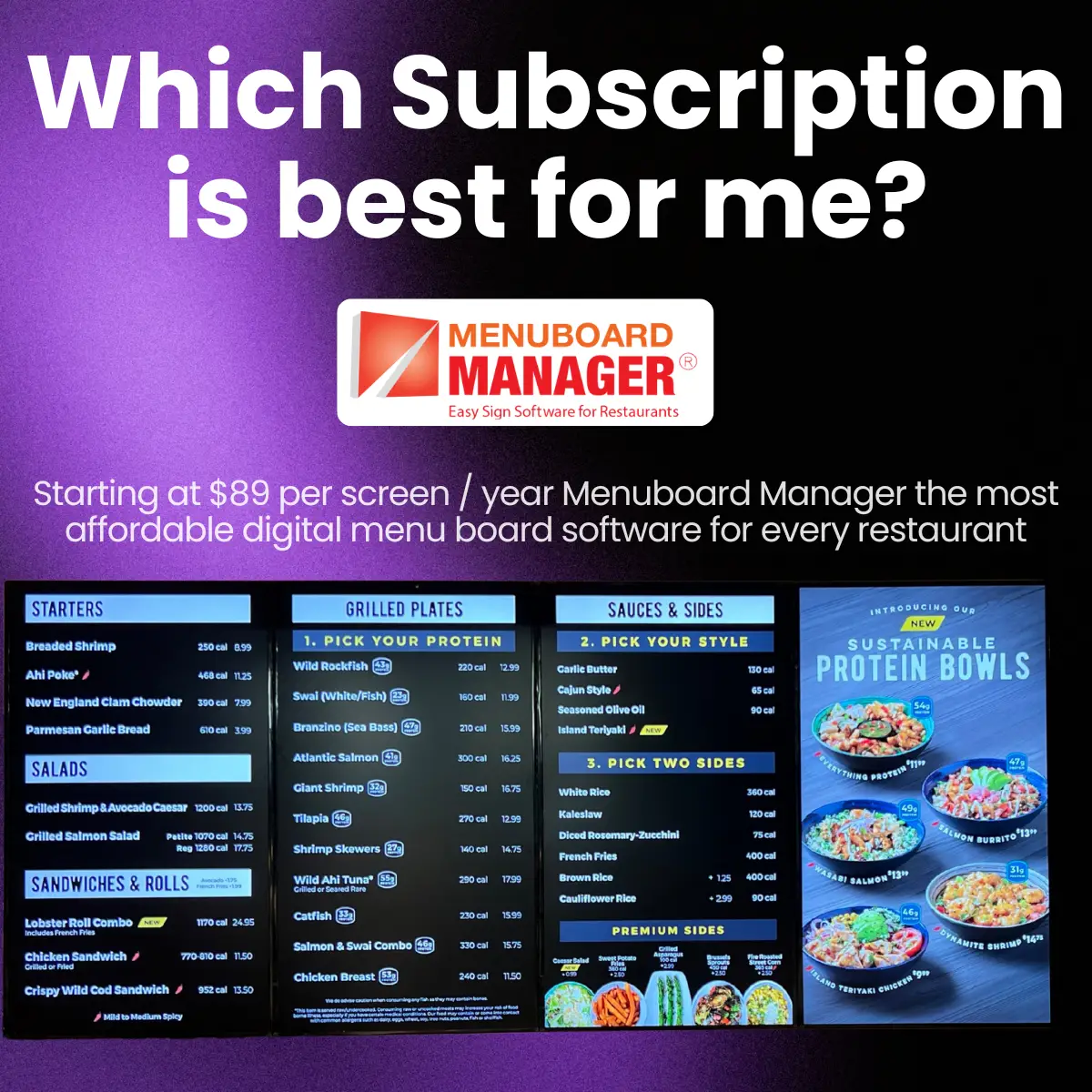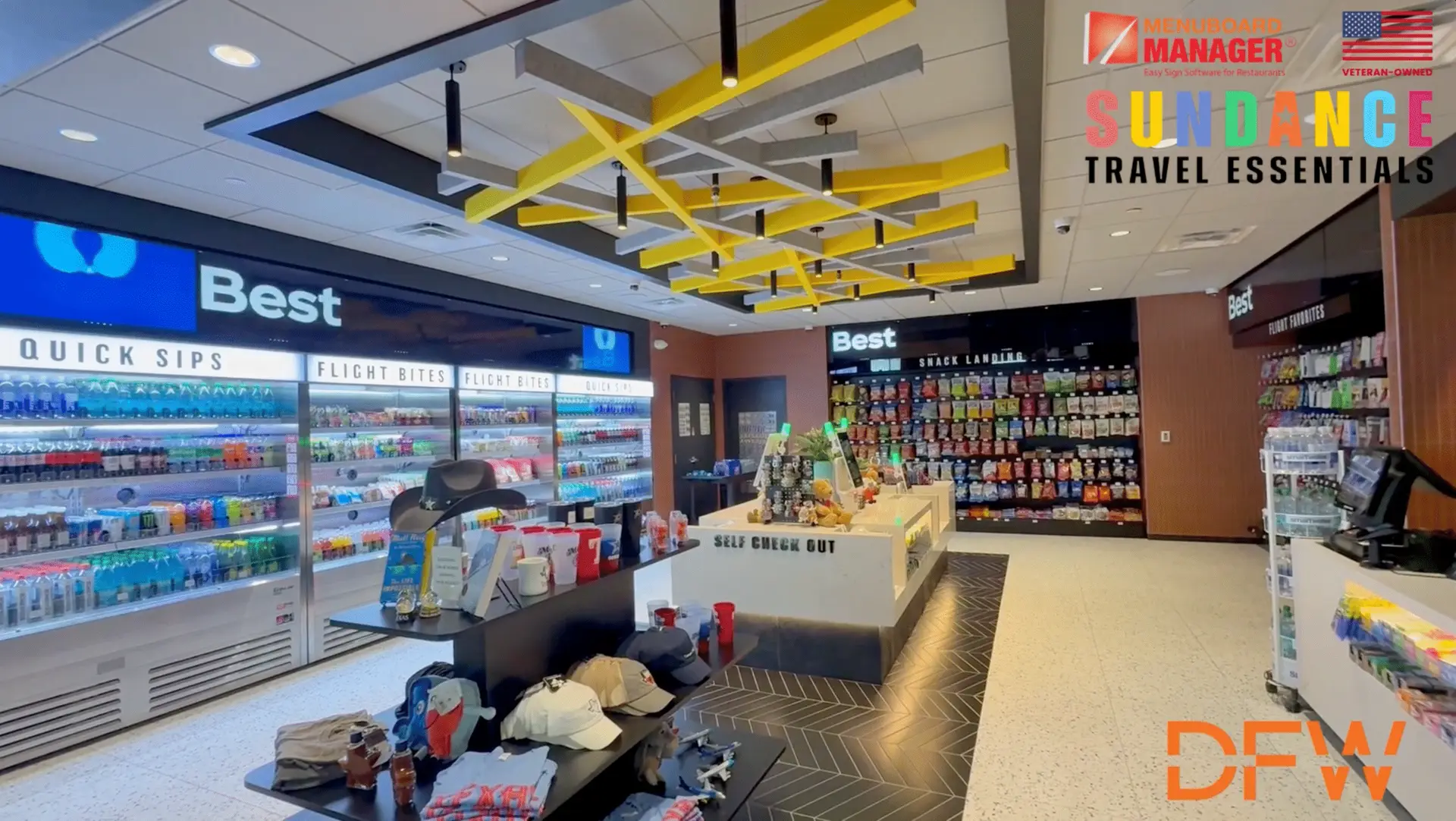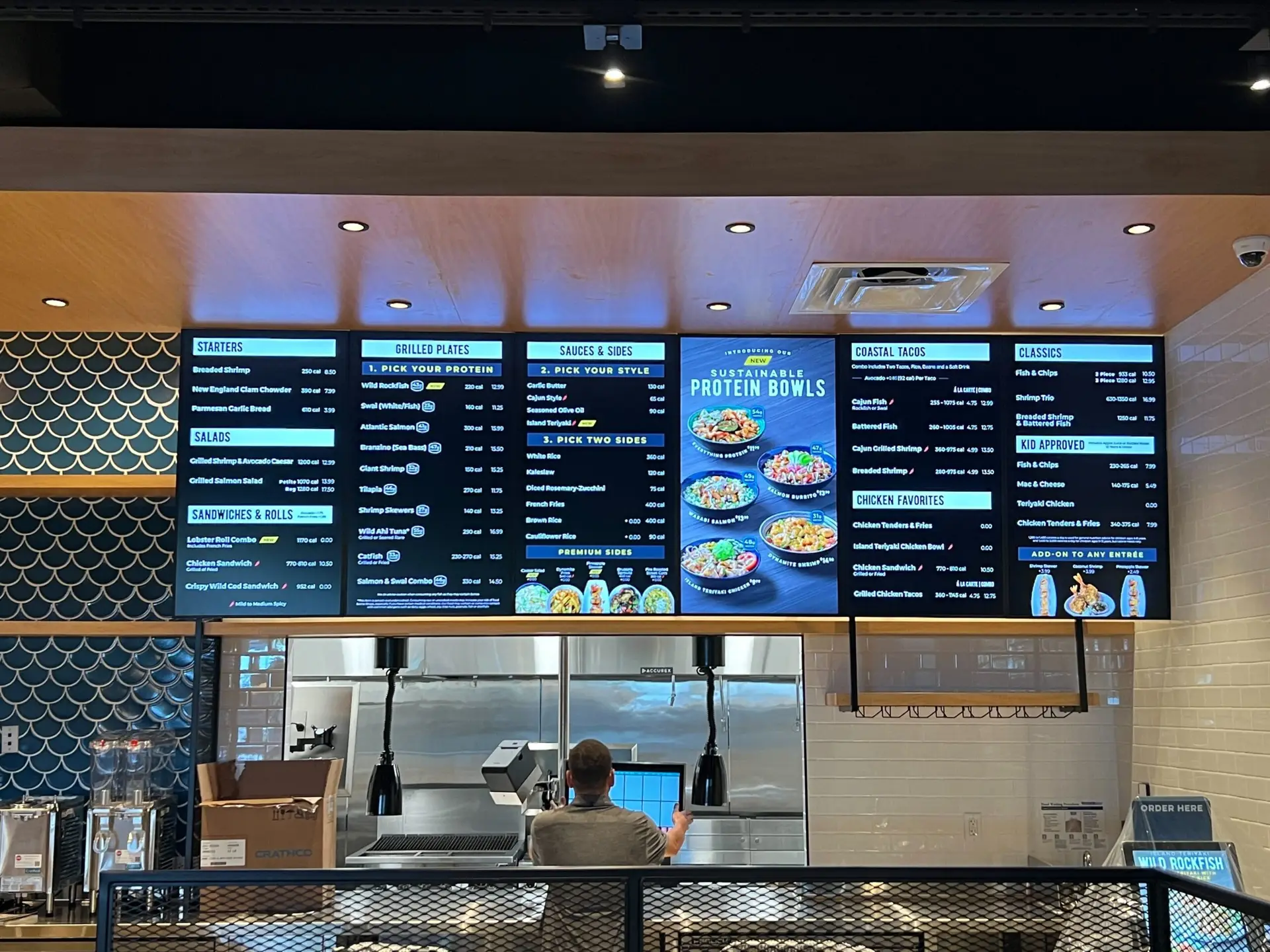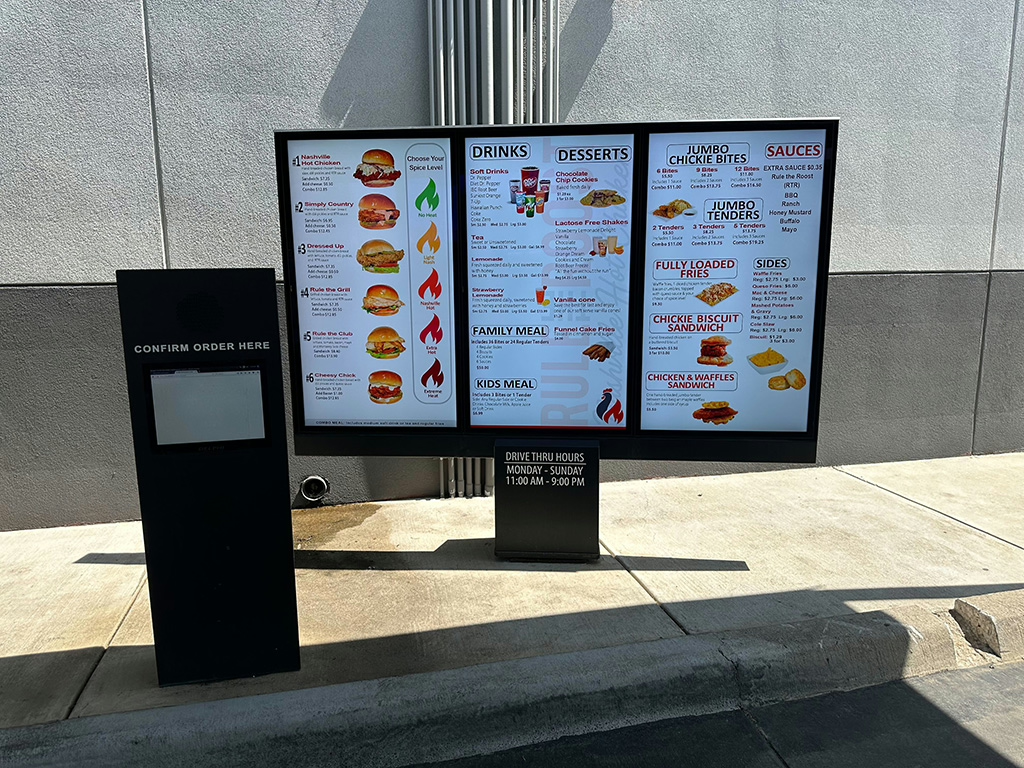Over the years, aspects of artificial intelligence (AI) have emerged as an invaluable tool, particularly within the restaurant industry. The introduction of AI-powered digital menu boards, as seen in McDonald’s, is a remarkable move in this direction, suggesting a significant adjustment in retail strategy.
Following the acquisition of a decision technology start-up, Dynamic Yield in March 2020, McDonald’s adopted AI-powered digital menu boards system-wide. This forward-thinking step propels digital signage to a new level. The AI-driven menu boards are capable of studying and adapting based on customers’ purchasing behavior. They exhibit personalized picks, and are capable of adjusting the displayed items in accordance to varying circumstances such as the time of the day and prevailing weather conditions.
McDonald’s adoption of this innovative solution is a clear indication of the increasing demand for interactive customer experiences customized to individual needs. The technology also simplifies operational procedures, significantly enhancing service delivery efficiency.
Another driving factor for the adoption of AI-powered menu boards is the current COVID-19 crisis. Given the need to limit interactions, digital menus provide a contact-free transaction platform, facilitating adherence to safety protocols.
The digital signage market, inclusive of digital menu boards, is expected to attain the $20.1 billion mark by 2020, according to Grand View Research. This trend is particularly noticeable within fast-casual and quick-service restaurant sectors, which have taken the lead in implementing digital signage to intensify customer experiences and hasten restaurant operations.
AI-powered digital menu boards are carving the way for a modern, improved, and health-conscious restaurant industry, actuating an era of operational efficiency and heightened customer engagement.



